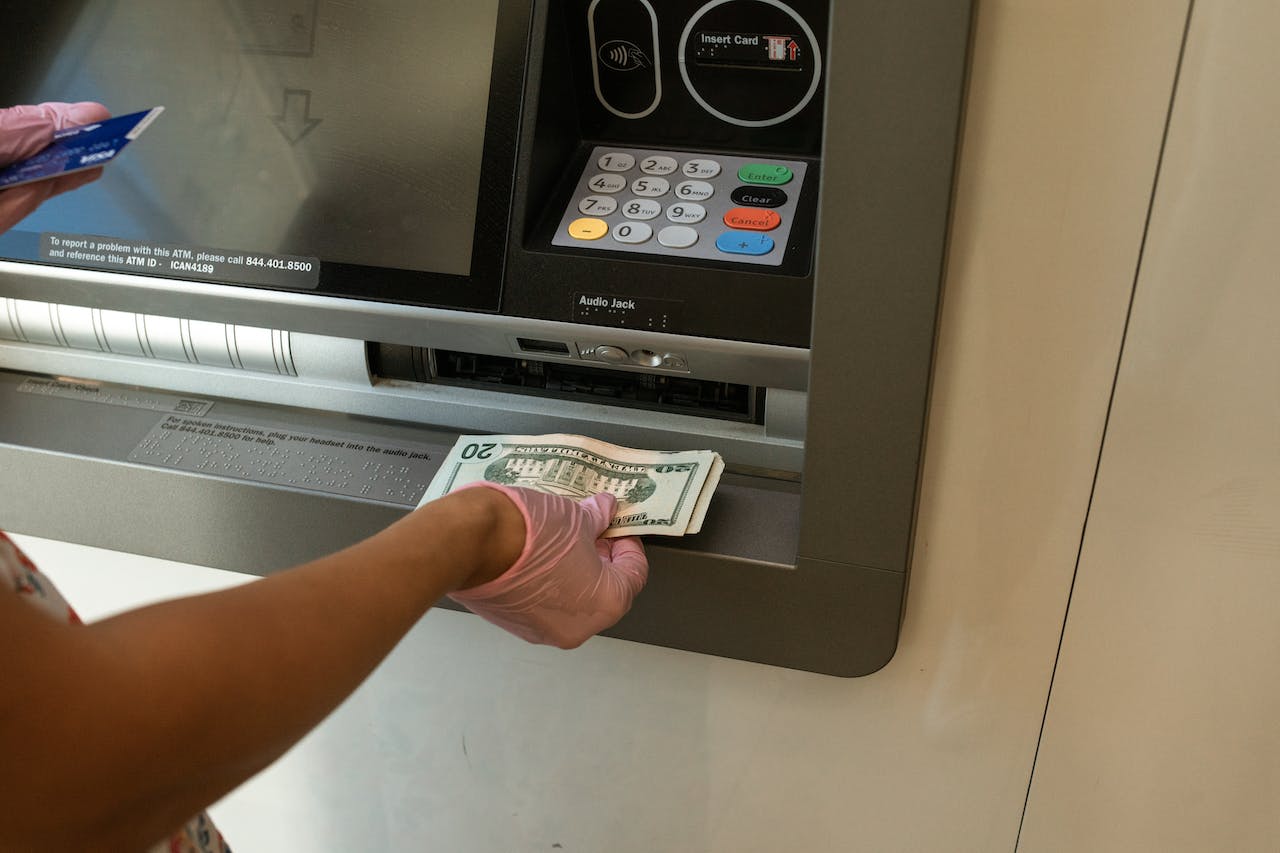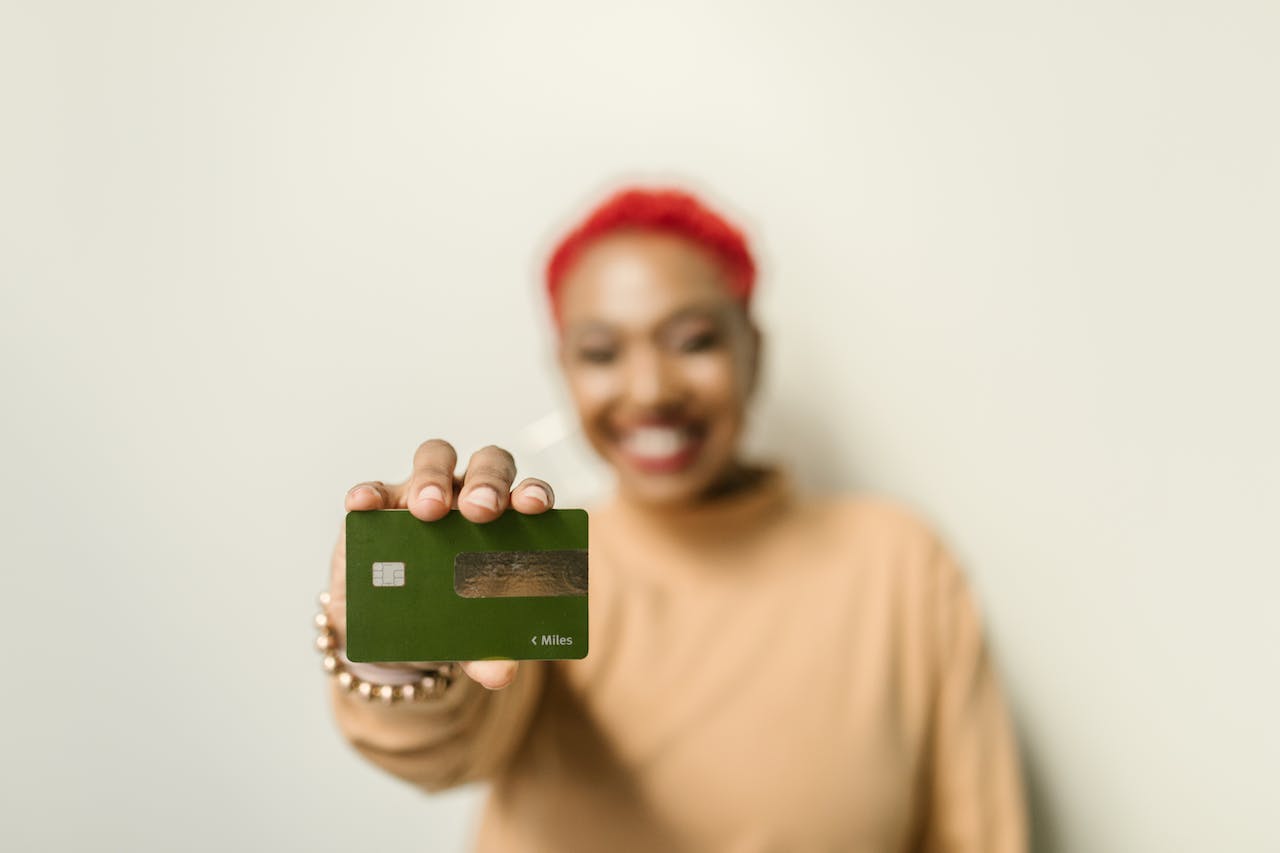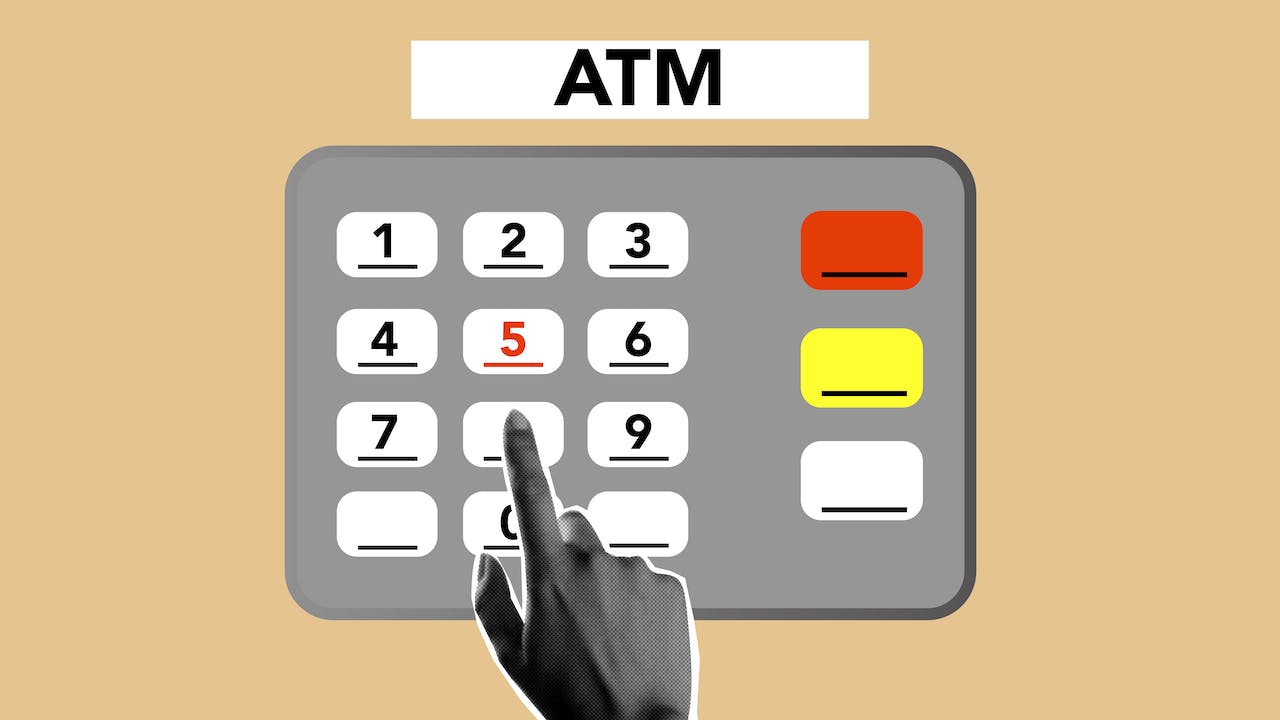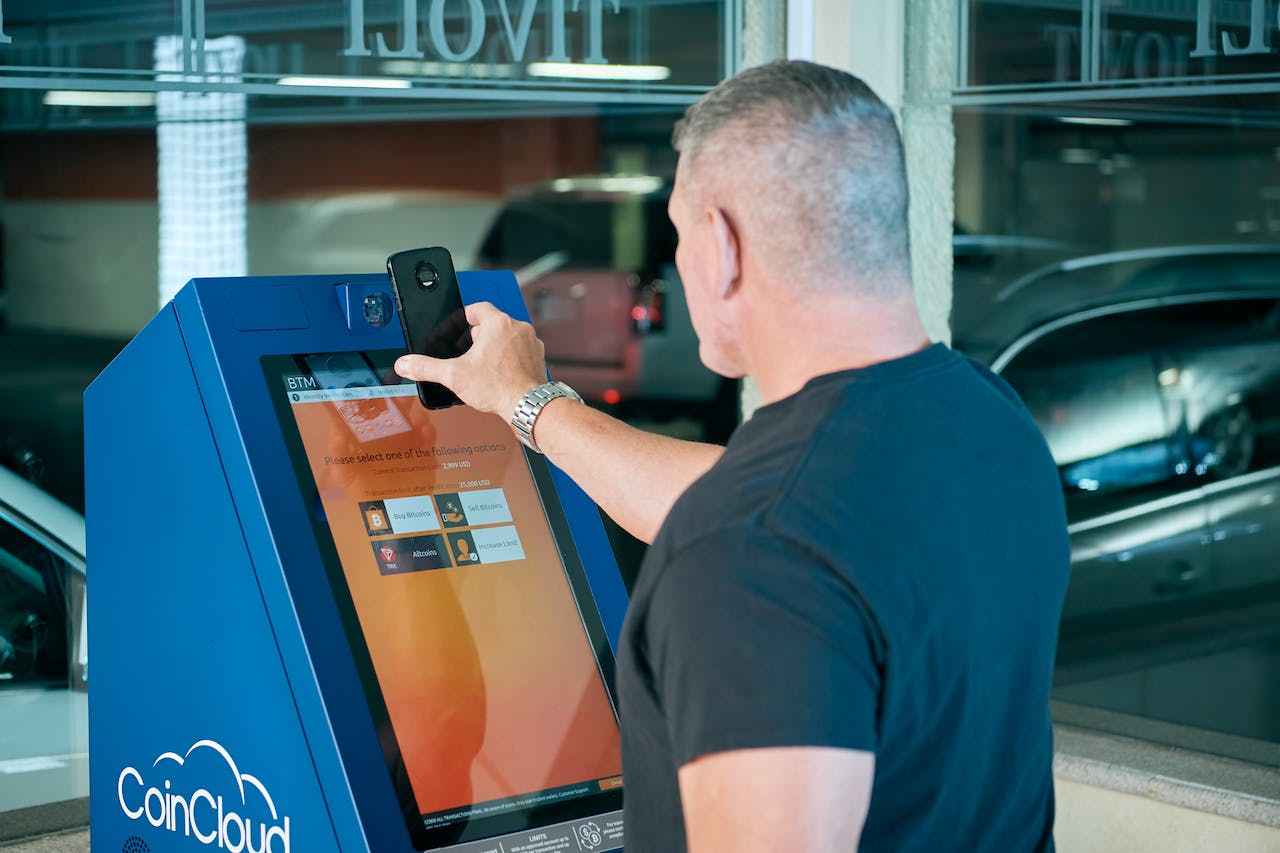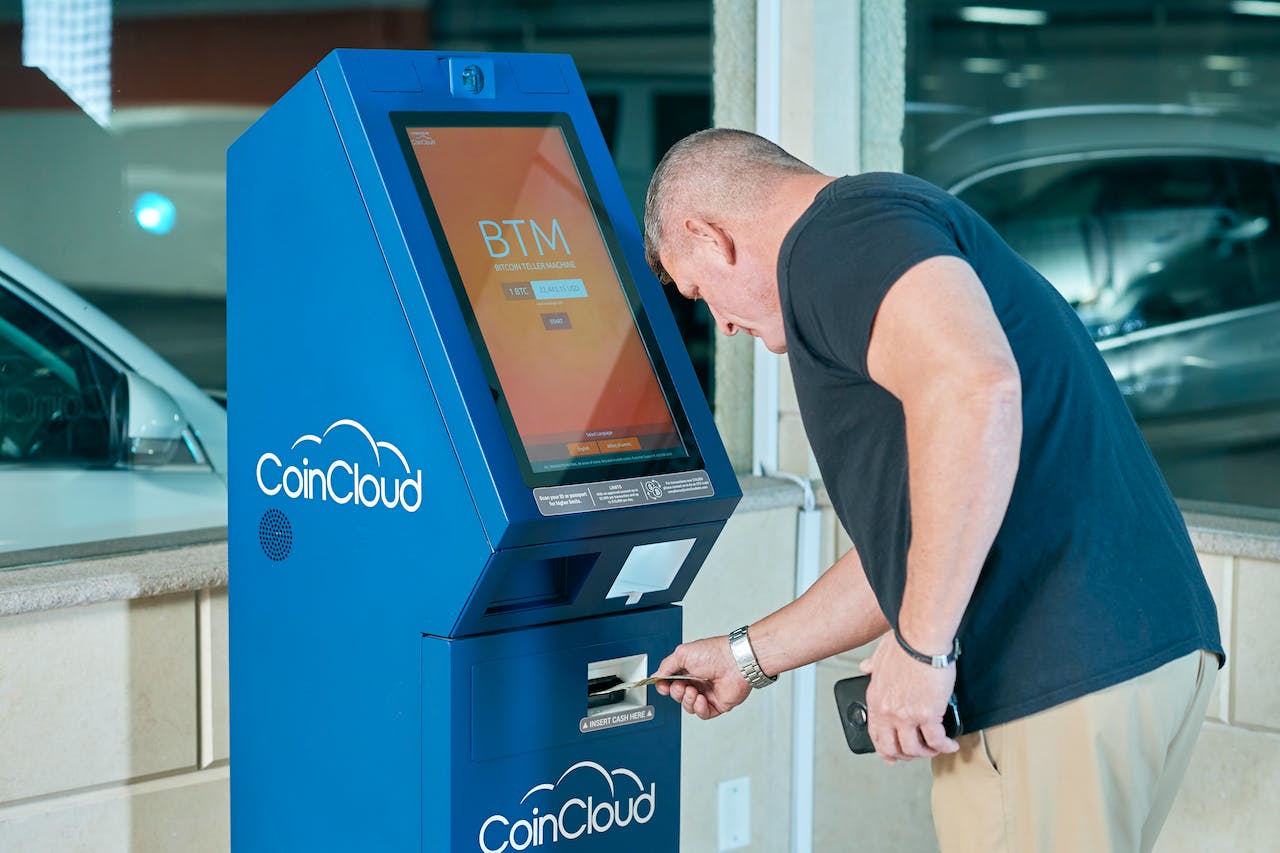Understanding ATM Withdrawal Limits And Managing Your Finances Safely
Understanding ATM withdrawal limits is crucial for managing your finances effectively. When it comes to understanding ATM withdrawal limits, individuals often overlook the significance of being aware of their specified constraints.
Author:Buttskin FamilyReviewer:Caden SteelheartDec 27, 20231.3K Shares269.7K Views
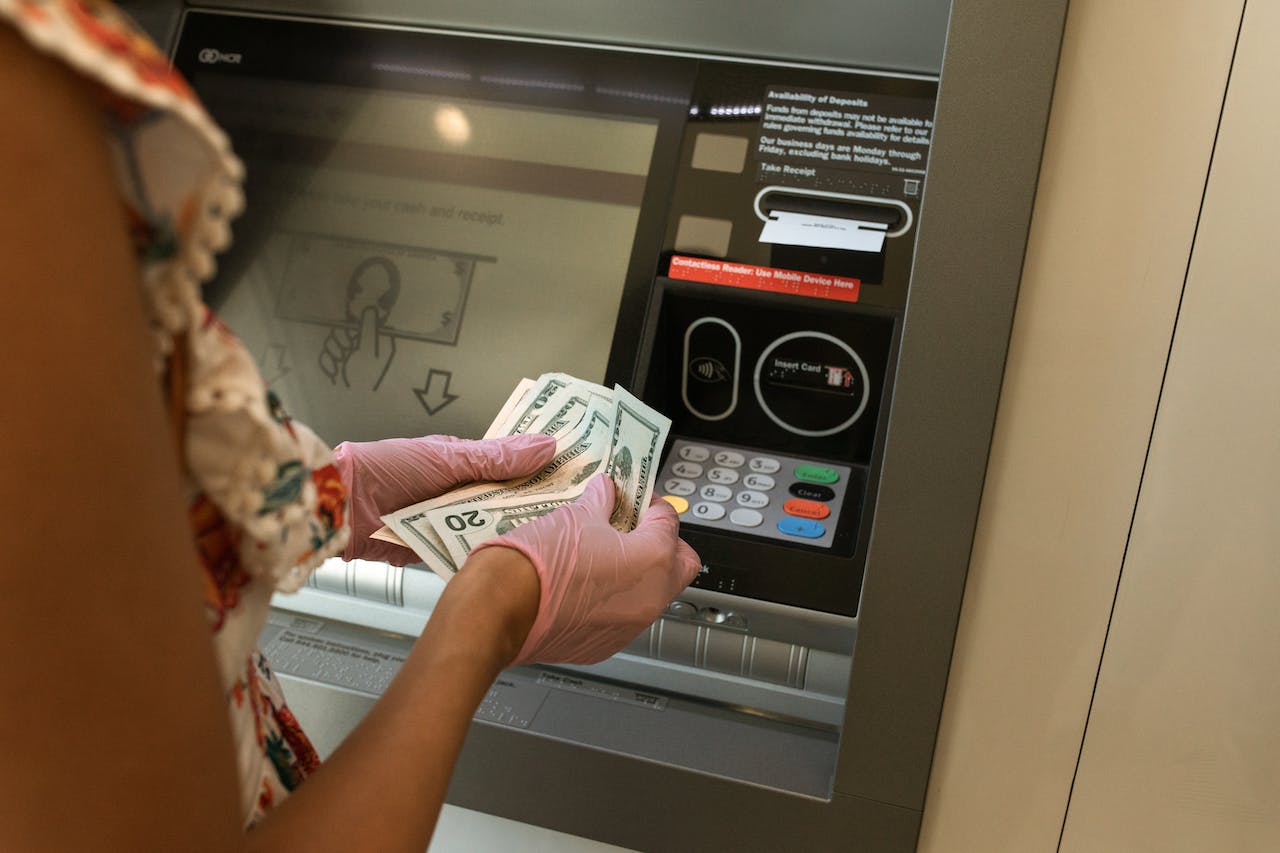
Automated teller machines (ATMs), which provide the convenience of 24/7 cash access and a range of financial activities, have become an essential component of contemporary banking and finance.
ATM withdrawal limits are a vital set of regulations that many users may need to be made aware of despite the fact that these machines are widely used. Being aware of ATM withdrawal limitations is crucial for protecting your financial security as well as for the easy administration of your personal affairs.
Financial institutions have put these restrictions in place in an effort to balance security and accessibility carefully. They are available in several forms, each with a distinct function, such as daily restrictions, transaction limits, and even limits on foreign withdrawals.
In this comprehensive article, we will delve into the topic ofunderstanding ATM withdrawal limits, shedding light on the different types, the factors influencing them, and the benefits and downsides they entail.
What Are ATM Withdrawal Limits?
The maximum amount of cash that may be withdrawn from an automated teller machine (ATM) within a given time frame is referred to as the withdrawal limit. The maximum amount that may be withdrawn from an automated teller machine (ATM) in a single day is $1,000.
For reasons of safety and to ensure that there is sufficient cash on hand to serve consumers at any time, automated teller machines (ATMs) sometimes set daily limitations. You may prevent someone from depleting your bank account by setting withdrawal restrictions at an ATM in the event that your card is stolen.
The precise amount that you are able to withdraw from an automated teller machine (ATM) at a single time may vary depending on the type of card or account you have, the quantity of money that is available in your account, or the amount that the ATM is able of dispense on a daily basis.
Types Of ATM Withdrawal Limits
Limits on ATM withdrawals are essential for banking and money management since they protect your money while making it simple to get cash when you need it. These limitations are divided into many groups and can differ significantly based on a number of factors;
Daily Limits
The most prevalent kind of ATM withdrawal limitations limit the total amount you may take out of an ATM in a single day.
Depending on the nature of your account and bank rules, these restrictions are determined by your bank and usually vary from $300 to $1,000 or more. Daily limitations lower the possibility of significant losses in the event that your card is lost or stolen and safeguard your account from unwanted access.
Transaction Limits
There are frequent per-transaction limitations in addition to daily limits. The maximum amount you may withdraw from an ATM in a single transaction is determined by these constraints.
For example, if your transaction limit is $500 and you need to withdraw $1,000, you would need to make two separate transactions, subject to the daily limit.
Weekly Or Monthly Limits
In addition to daily limitations, some banks also have weekly or monthly limits. For people who need to budget their costs over a longer time frame, these constraints may be helpful.
Monthly restrictions cover a calendar month, but weekly limits may limit the total amount of withdrawals you may make in a single week. These limits can differ significantly between banks and account kinds.
International ATM Limits
There are restrictions on how much you may withdraw from an ATM outside of your country of residence. Because of differing ATM network restrictions and increased security concerns, they are frequently more limited. When going overseas, it's essential to be aware of the international restrictions as they can be lower than your daily or transaction limits.
Why Do Banks Impose ATM Withdrawal Limits?
ATM withdrawal limits are logically determined with customer service in mind. The cash capacities of ATMs range from $20,000 to $50,000 on average.
Setting withdrawal restrictions makes it possible for ATMs to maintain enough cash on hand to meet users' demands in between replenishment cycles. ATM restrictions also guard against losses for both the bank and you.
Banks have an incentive to limit their exposure when it comes to illegal withdrawals, whether they are the result of identity theft, robbery, or card skimming, as you are not liable for them if you report them promptly. According to FBI estimates, financial institutions and individuals lose more than $1 billion annually as a result of skimming.
How To Find Your ATM Withdrawal Limits?
Finding your ATM withdrawal limits is an essential step in efficiently handling your financial operations. Your bank has set these limitations in order to protect your money while also providing easy access to cash when needed. To assist you in determining and comprehending your ATM withdrawal limitations, follow these crucial steps;
Check Your Bank's Website Or Mobile App
On their official websites or mobile applications, the majority of banks offer detailed information about your account data, including ATM withdrawal limitations. Go into the account information part of your online banking account after logging in, and check for information on your ATM limits. This is frequently the easiest and fastest way to get this data.
Contact Customer Support
Please feel free to call your bank's customer service if you are unable to locate the information online or if you would prefer individualized assistance. You may get in touch with them via phone, email, or live chat. Your current ATM withdrawal limits and any other terms or limitations that could apply to your account can be obtained from the customer care staff.
Review Your Account Agreement
Your account agreement or terms and conditions are a valuable additional source of information for comprehending your ATM withdrawal restrictions.
You got these documents when you created your account, and they include comprehensive details regarding the features of your account, such as withdrawal limits. See the sections on cardholder privileges or ATM usage for the precise limitations that apply to your account.
Visit A Local Branch
If you'd rather communicate with someone in person, think about going to your bank's local location. Bank employees are available to answer any queries or issues you may have and to tell you about your ATM withdrawal restrictions. When visiting a branch, it's best to carry identification and your bank card for validation.
Check Your Card
Your debitor ATM card may have your bank's ATM withdrawal limitations printed on it. Look for an embossed label or information detailing your transaction, daily, or other relevant restrictions. Remember that these restrictions are subject to change, so it's essential to check them from time to time.
How Much Can You Withdraw From An ATM Per Day?
The average daily withdrawal limit is between $300 and $5,000, with the majority of limitations being between $500 and $3,000. The next day is usually when your daily withdrawal cap resets for each individual.
But be advised that daily restrictions may occasionally be set based on 24 hours rather than a calendar day. A few variables, such as your bank, your available balance, and your overall daily purchase limit, may affect your precise daily limit.
Your Bank’s Daily Atm Withdrawal Limits
Banks often disclose ATM restrictions on their websites, but if you have any questions, you may give them a call.
Your Available Balance
Your available balance at the time of withdrawal also limits the amount you may take out. There might be a partial availability of a new deposit. Holds may also be placed on your account.
Gas stations, motels, and rental car companies frequently put a hold on your account when you swipe your card before knowing your final amount; the hold disappears within a few days after the payment is paid.
Your Total Purchase Limit
Banks often keep purchase limitations and ATM limits apart. However, in very uncommon circumstances, your bank could set a daily cap on all debit card purchases. Even if your ATM withdrawal limit is $1,000, if you have a $5,000 daily transaction restriction and you have already transacted more than $4,000 that day, you might not be able to withdraw $1,000.
How Do You Get Around Atm Cash Withdrawal Limits?
You can reach your daily ATM cash withdrawal cap and still want more funds to make a purchase or for other purposes. You may do the following to get access to your money when you need it;
Visit A Branch
If you want more cash than what your ATM withdrawal limit permits, you can visit a nearby bank in person to obtain more money. Unfortunately, only clients with a handy branch location may utilize this option, and only during regular business hours.
Verify if your bank is a member of the Co-Op Shared Branch network or if it is a credit union. Members may access their accounts at more than 5,400 participating credit union locations nationwide by just walking in.
Cash Back In Store
You can receive cash back at the register when purchasing at a store, and it won't count against your daily ATM withdrawal cap. There are a few restrictions, though.
First, it can still be deducted from your daily allotment or cash withdrawal cap. Therefore, be mindful of the limits your bank has on the amount of money you may spend or withdraw from a point of sale.
Next, take notice of the cash-back cap set by the retailer. For instance, depending on where you're shopping, the maximum amount of cash back you may receive at the register might be $100.
You might have to make many transactions in order to withdraw the entire amount of cash you require if the business has a lower limit. Once more, each of these purchases will contribute to your daily spending cap.
Withdrawing Money From Savings
Another approach to avoid daily ATM withdrawal restrictions for a checking account is to use an ATM card to withdraw funds from a savings account. These transactions could still be restricted, but if needed, you might use this method to get cash. You can withdraw cash from a bank branch if you don't have an ATM card.
Withdrawing Cash At A Branch
If your daily ATM withdrawal limitations have been reached, you can also take out cash from your checking account at a branch. You can get assistance from a teller to take money out of your savings, money market, or checking account.
But, if you want a more enormous sum of money, think about safer alternatives to cash. For instance, you may receive a certified check, cashier's check, or even a money order to cover the cost of the transaction if you're purchasing an automobile. In this manner, you avoid carrying enormous sums of cash and have a paper trail attesting to the payment.
Cashing A Check
Cashing a cheque is a fourth way to avoid ATM withdrawal restrictions. To cash the check, you would just write it out to "Cash," sign it and take it to the bank.
Once more, it's critical to be aware of any restrictions the bank could have on check cashing. There can be restrictions on how much cash you can take out in this manner or how many cheques you can write to "Cash" on a given day.
What To Do If You Need Cash Quickly?
If you're in a rush, there are alternative methods to receive quick cash, but you could have to pay fees and interest. Here are a few typical choices to think about;
Cash Advance
You might obtain a cash advance by using your credit card. In essence, this is borrowing money against your credit limit. You are not permitted to borrow more than your available credit card balance.
The amount you borrow is applied to your credit card balance. It's crucial to remember that cash advances typically have interest rates that are larger than the annual percentage rate on your purchase and that they start charging interest immediately. There might be an additional cost.
Paycheck Advance
Some programs, such as Chime and EarnIn, let you get a part of your income early without being mistaken for a payday loan.
They don't require a credit check and have comparatively minimal costs, but in order for you to utilize their services, your company might need to have already enrolled with one of these businesses.
Personal Loan
You should consider getting a personal loan if you need money for a big-ticket purchase or expected cost like house improvements. These loans are often funded fast, sometimes even in a matter of days, and can be used for almost any purpose.
Additionally, borrowers with solid credit have fixed rates that are frequently far cheaper than those of credit cards.
Practical Tips For Managing ATM Withdrawal Limits
If an individual is confused about how to handle their withdrawals from an ATM, they should take into consideration the following valuable tips;
Create A Budget
With a solid budget in place, it is possible to simplify the process of managing money in every aspect of life. In the event that an individual wants to make payments in cash during their day-to-day life, it is even more essential for them to prepare a precise budget in order to avoid the possibility of accidentally running out of cash.
They are able to avoid having to make frequent trips to the automated teller machine (ATM) because they are aware of the exact amount of cash that they need to keep on hand.
Use A Debit Card
Customers may pay using the money in their checking account thanks to debit card payments, which are accepted by the majority of retailers. This eliminates the need for customers to carry cash with them physically.
Consumers who wish to avoid using credit cards but yet want the convenience of paying with a card might benefit from this easy alternative.
Spend Less
When a person makes fewer purchases, they need to have less cash on hand (and they can save more money) since they have less money to spend. By reducing their buying patterns, individuals might also avoid making the time-consuming journey to the bank or ATM to withdraw cash.
FAQs About The ATM Withdrawal Limits
What Is The Significance Of Daily ATM Withdrawal Limits?
Daily limits help protect your account by limiting the amount of cash that can be withdrawn in a single day, reducing the risk of substantial losses.
Why Are International Atm Withdrawal Limits Typically Lower?
International limits are often lower due to increased security concerns and varying regulations in different countries, helping to prevent unauthorized transactions while abroad.
Are ATM Withdrawal Limits Consistent Across All Banks And Accounts?
No, ATM withdrawal limits vary from bank to bank and can depend on factors such as account type, card type, and bank policies.
Conclusion
Understanding ATM withdrawal limits is vital for anyone who uses ATMs as a means of accessing their funds. These limits, encompassing daily, transaction, and international restrictions, serve as essential safeguards for your financial security. These restrictions, though often bothersome, are essential in avoiding fraud and unwanted access, protecting your hard-earned money.
You can handle your money wisely, create a budget, and guarantee a smooth banking experience by knowing your ATM withdrawal limitations and how to receive this information. Whether you use ATMs for daily transactions or travel often, understanding and adhering to these restrictions is essential to your financial security and peace of mind.
Thus, give yourself the tools you need to make wise financial decisions by taking the time to become familiar with your ATM withdrawal restrictions.
Jump to
What Are ATM Withdrawal Limits?
Types Of ATM Withdrawal Limits
Why Do Banks Impose ATM Withdrawal Limits?
How To Find Your ATM Withdrawal Limits?
How Much Can You Withdraw From An ATM Per Day?
How Do You Get Around Atm Cash Withdrawal Limits?
What To Do If You Need Cash Quickly?
Practical Tips For Managing ATM Withdrawal Limits
FAQs About The ATM Withdrawal Limits
Conclusion

Buttskin Family
Author
The Buttskins are a crazy author family who love writing, laughter, and eating an unhealthy amount of junk food. Mom Rockita started scribbling stories as soon as she could hold a pen, and Dad John didn't realize authoring children's books was a real job until after they were married.
Their kids have embraced storytelling at an early age. Little Lucy, age 5, dictates her colorful tales about dragons and princesses to her parents. Her 8-year old brother Jake collects scraps of paper to diagram his latest imaginary adventure involving ninjas and dinosaurs.

Caden Steelheart
Reviewer
Caden Steelheart, an enigmatic author, weaves tales that immerse readers in the depths of sin city's underbelly. With his words as a weapon, he crafts literary masterpieces that reflect the dark and dangerous spirit of the city. Caden's writing captures the gritty essence of sin city, delving into the intricacies of its characters and the moral complexities that define their existence.
Born amidst the shadows, Caden draws inspiration from the relentless chaos and unforgiving nature of the city. His words carry the weight of experience, creating a vivid and haunting portrayal of sin city's undercurrents. Through his stories, he explores the blurred lines between right and wrong, exploring themes of power, deception, and redemption.
Caden Steelheart's literary prowess has made him a name whispered in literary circles, captivating readers with his ability to immerse them in sin city's intricately woven tapestry. With each written word, he invites readers to journey into the darker realms of the human experience, offering them a glimpse into the secrets and sins that shape the city's inhabitants. Caden Steelheart, a master of capturing the essence of sin city through his writing, continues to captivate audiences with his haunting and evocative narratives.
Latest Articles
Popular Articles
